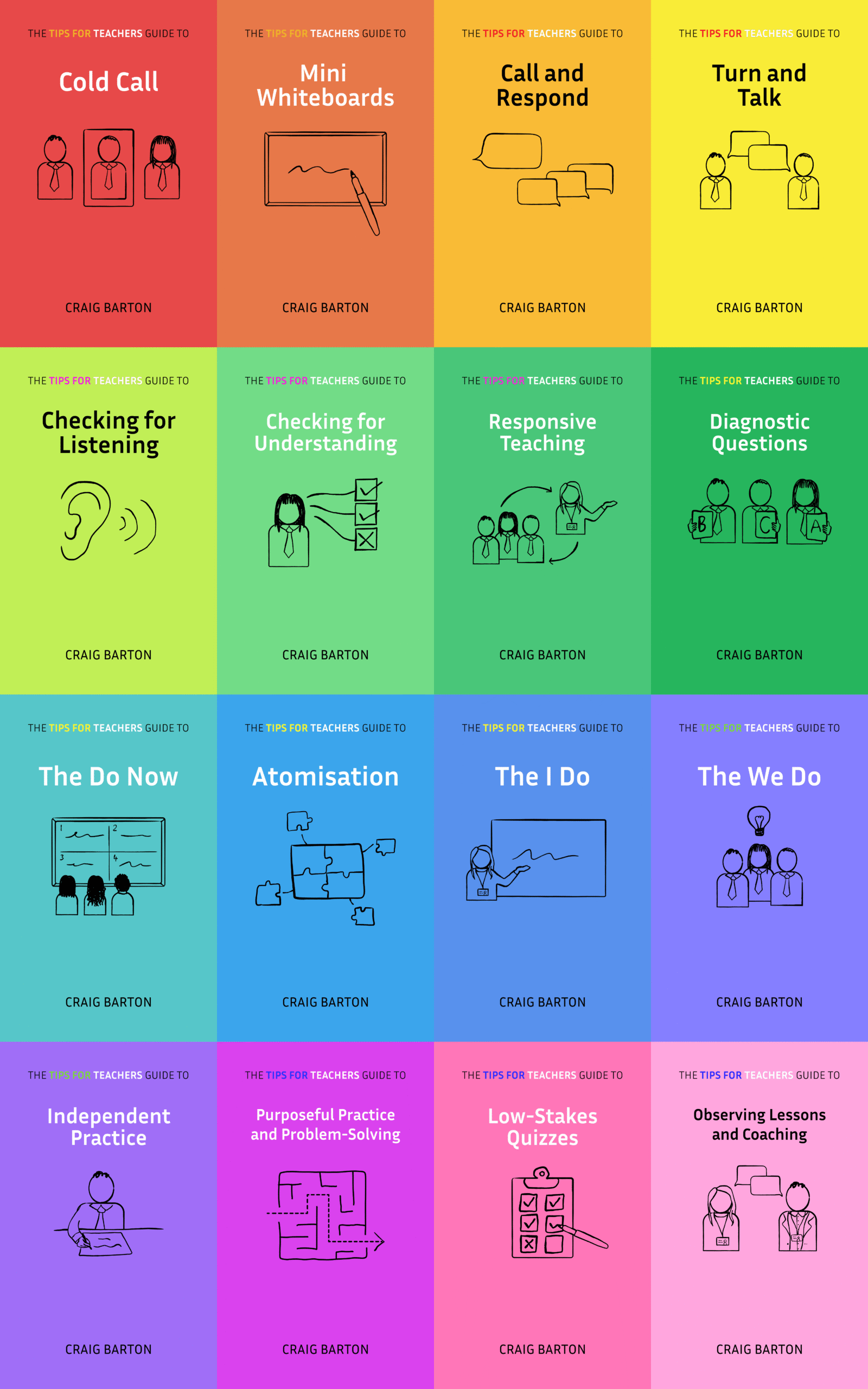
- Title: Spacing effects in learning: A temporal ridgeline of optimal retention
- Authors: Nicholas J Cepeda, Edward Vul, Doug Rohrer, John T Wixted & Harold Pashler
- Access the original paper here
- Listen to a deep-dive podcast:
Paper summary
This research paper investigates the spacing effect, which is the phenomenon where learning material over multiple sessions spaced apart in time leads to better retention than cramming. The authors conducted an experiment involving over 1,300 participants to examine the relationship between the spacing of study sessions and long-term retention, testing the effect of different gaps between study sessions on memory performance at different retention intervals. The findings indicate that an optimal gap exists for each retention interval, and this optimal gap increases with the length of the retention interval. The results suggest that conventional educational practices that cram learning into short periods might be inefficient and lead to poor long-term retention, while spacing study sessions strategically can significantly improve memory performance.
What are the key implications for teachers in the classroom?
- The timing of learning sessions can have a powerful effect on long-term student retention. Teachers should consider this when planning lessons and scheduling reviews.
- The optimal gap between study sessions is not an absolute value, but depends on how long students need to remember the information. If students need to retain information for several years, a delayed review of at least several months is likely to be more beneficial than a shorter gap.
- Cramming information into a short period is likely to lead to high levels of immediate mastery, but this mastery will not last. For example, studying a single topic for only one week is unlikely to lead to long-term retention.
- While there are disadvantages to having a gap that is longer than the optimal value, these are much smaller than the disadvantages of having a gap that is too short. This means that teachers should err on the side of spacing out learning sessions rather than cramming them together.
The sources offer evidence for these claims from a study on the effects of spacing on memory. This study, which was conducted online and in the lab, found that spacing out learning sessions led to significantly better retention than cramming. For example, for information that needed to be retained for a year, the optimal gap between study sessions was 21 days. The researchers concluded that these findings have important implications for educational practices.
Therefore, teachers should consider the spacing effect when designing their lessons and assessments. Instead of cramming information into a short period of time, they should space out learning sessions and provide opportunities for review over time. This will help students to better retain the information they are learning.
Quote
To put it simply, if you want to know the optimal distribution of study time, you need to decide how long you wish to remember something








